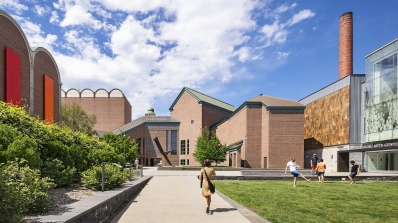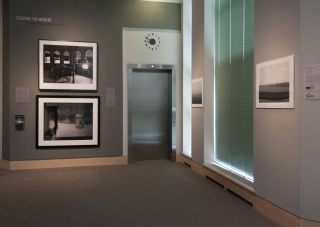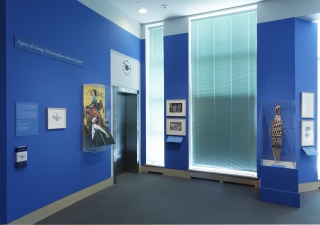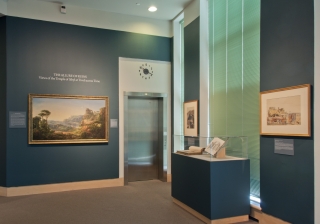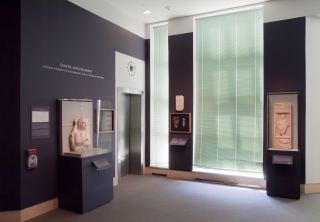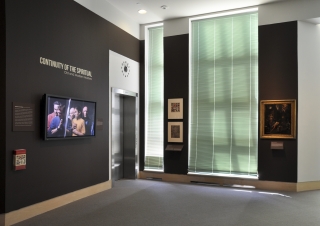Past Exhibitions
Seeing Time in Photography
Escaping the Moment
The weakness of human sight—its flickering hesitation and intermittent inattentiveness—gives way to the verity of the apparatus's machinic capture. Photo-graphia: one writes the light of reality, burning it into film. With these qualities, photography is still often said to be about holding on to lost moments.
Metamorphosis and the Feminine
Agents of Change
This installation features seven works of art which touch upon moments of feminine metamorphosis. In them, women are agents of change: they cause change and/or are changed themselves. Through these works, the unique relationship between the feminine and transformation becomes clear, and metamorphosis in turn becomes an act that can emancipate women from the confines of their traditional gender roles, to one degree or another.
Views of the Temple of Sibyl at Tivoli across Time
The Allure of Ruins
This installation explores views of ancient Roman ruins and the Italian countryside that have inspired artists for centuries, particularly the Temple of Sibyl at Tivoli. For both American and European artists, ruins such as those at Tivoli have always possessed a seemingly universal and timeless quality.
This installation asks why animation has been excluded from the Western definition of fine art as "art forms developed mainly for aesthetics" through the juxtaposition of seven different pieces from the Walt Disney animated feature film Pinocchio and three contemporary works of art that feature animation.
Cultural Hybridity in the Funerary Arts of the Roman Provinces
Center and Periphery
This installation presents examples of the kind of hybrid visual culture materialized in funeral art from certain key provinces—Syria, Africa Proconsularis (modern Tunisia), and Egypt—created during the era when the Roman Empire was at its greatest extent.
Old and Modern Masters
Continuity of the Spiritual
This installation explores the representation of emotion and spirituality in works of art dating from the Renaissance to today in paintings, prints, and video.
